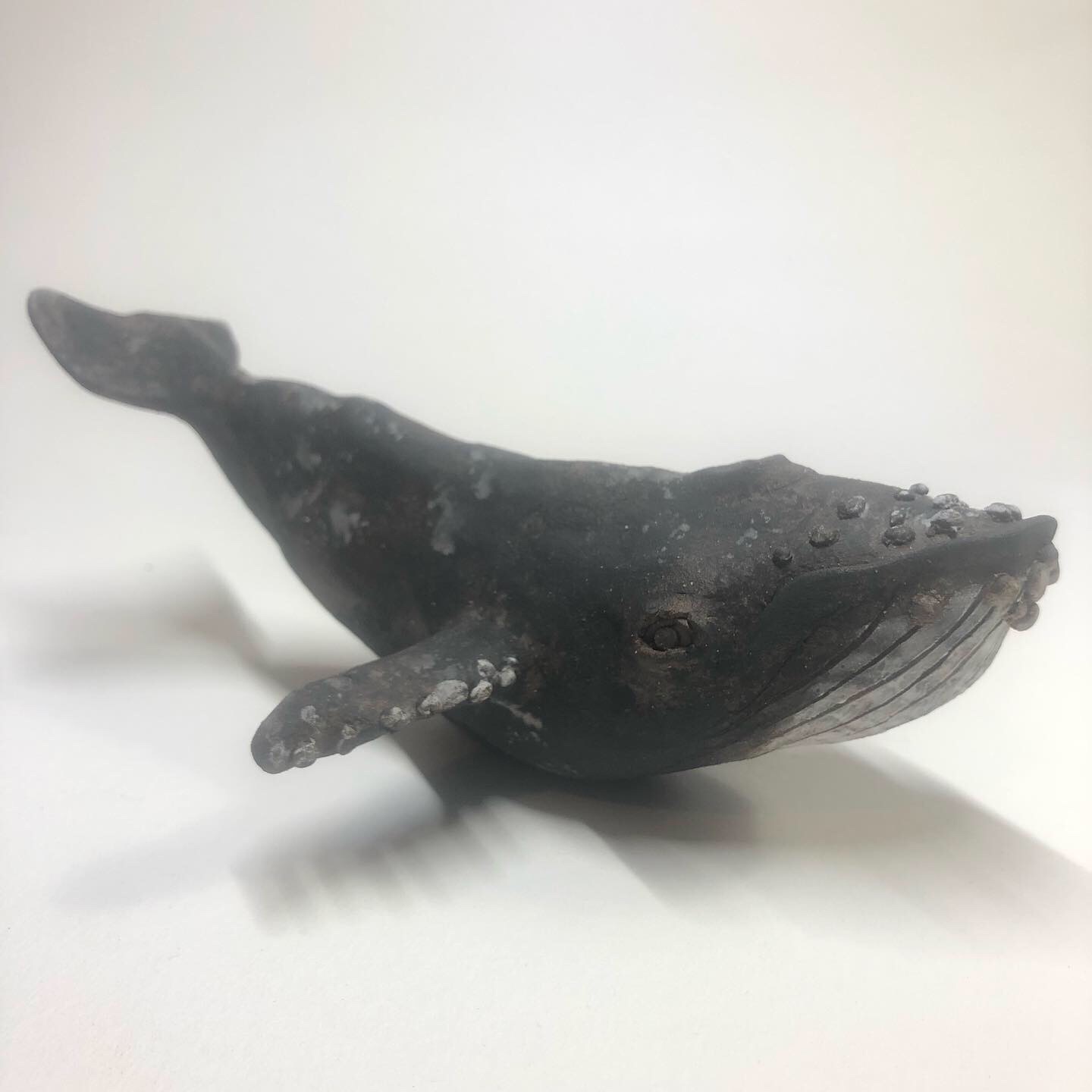Courtesy of the Hindiyeh Museum of Art
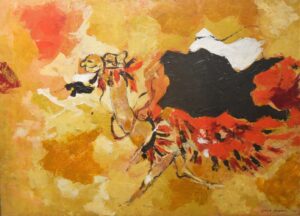
Laila Shawa
Untitled (1965)
Oil on Canvas (70 x 50 cm)
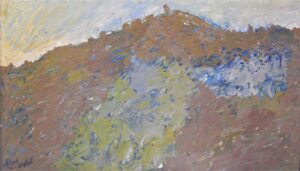
Tayseer Barakat
Untitled
Oil on Board (85 x 50 cm)
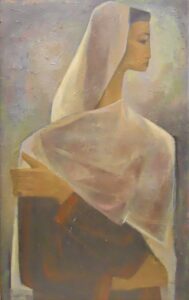
Nasr Abd Al-Aziz
Untitled (1970)
Oil on Wooden Board (38 x 60 cm)
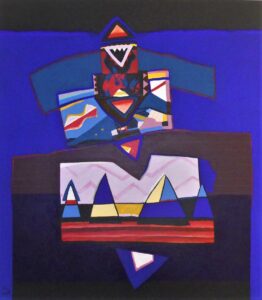
Abdulhadi Shala
Untitled (2020)
Acrylic on Canvas (110 x 160 cm)
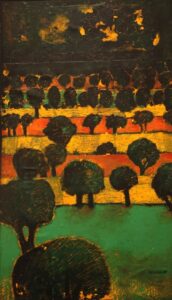
Nabil Anani
Untitled (2010)
Oil on Board (84 x 143 cm)
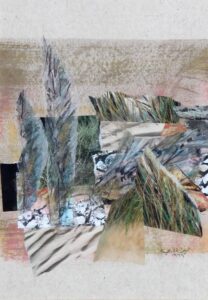
Vera Tamari
Untitled (1999)
Mixed Media on Paper (27 x 39 cm)
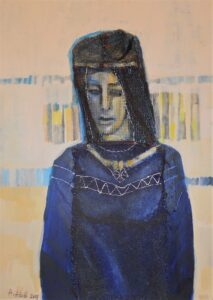
Abd Al-Abdi
Untitled
Mixed Media on Canvas (60 x 90 cm)
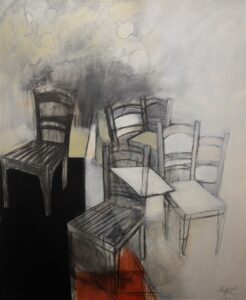
Husni Radwan
Untitled (2012)
Oil on Canvas (100 x 120 cm)
The Hindiyeh Museum Of Art in Jordan exhibits a distinguished collection of contemporary Arabic art from the start of the 20th century to the present, with frequent new acquisitions from established and emerging artists. The museum is home to numerous masterpieces of painting and sculpture from all over the Arab world, including regions, countries, and artists poorly-represented in the canon of contemporary art.



